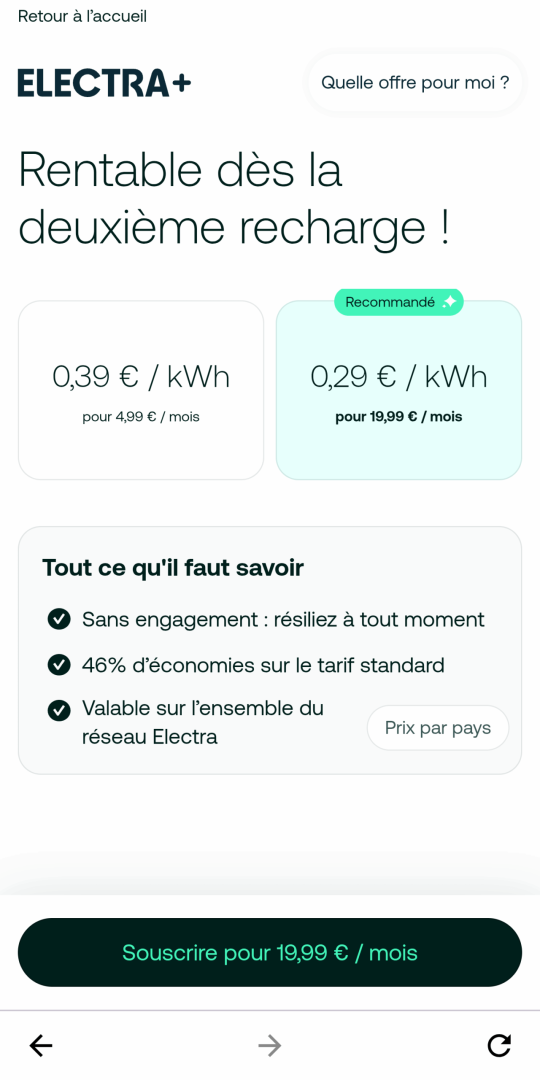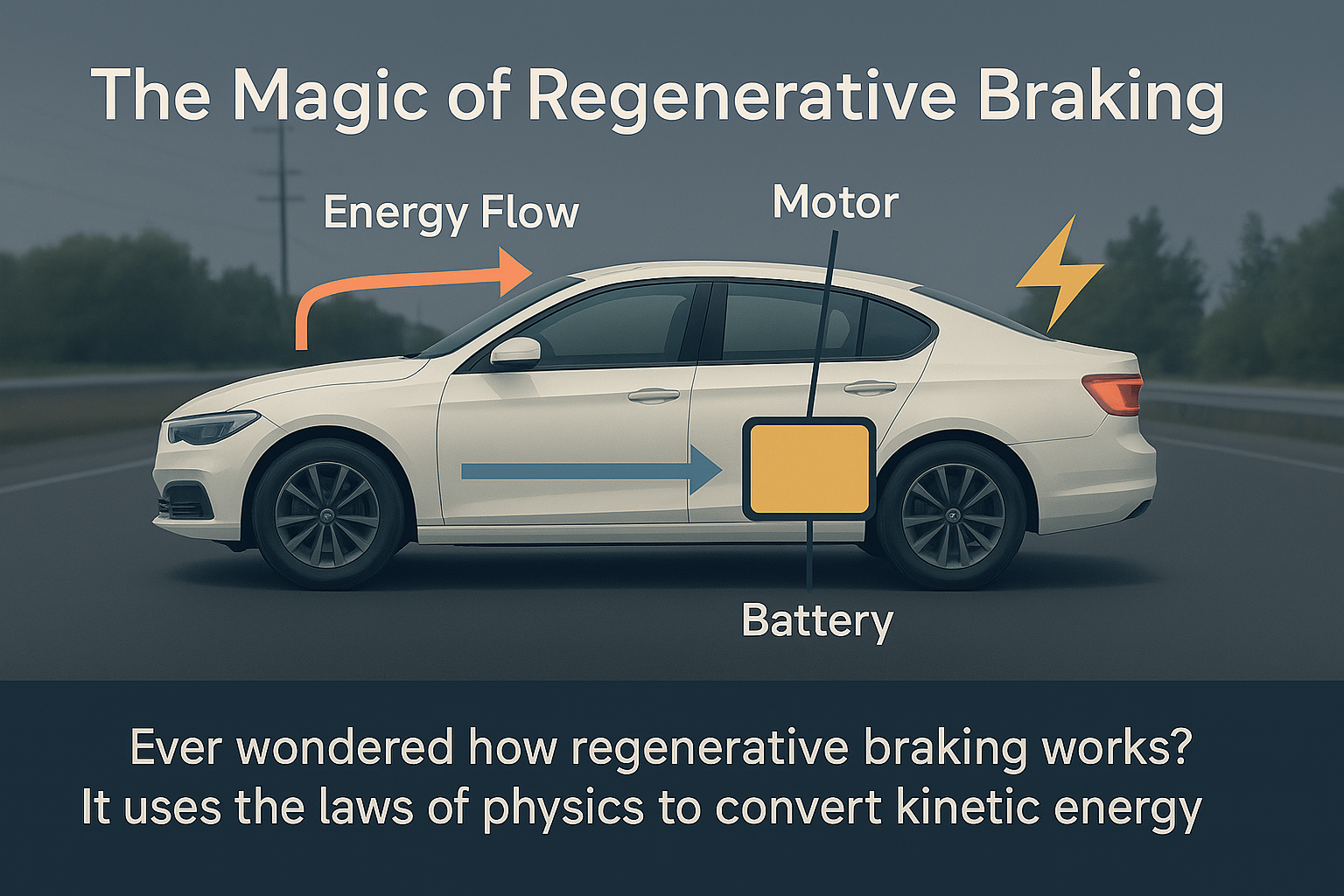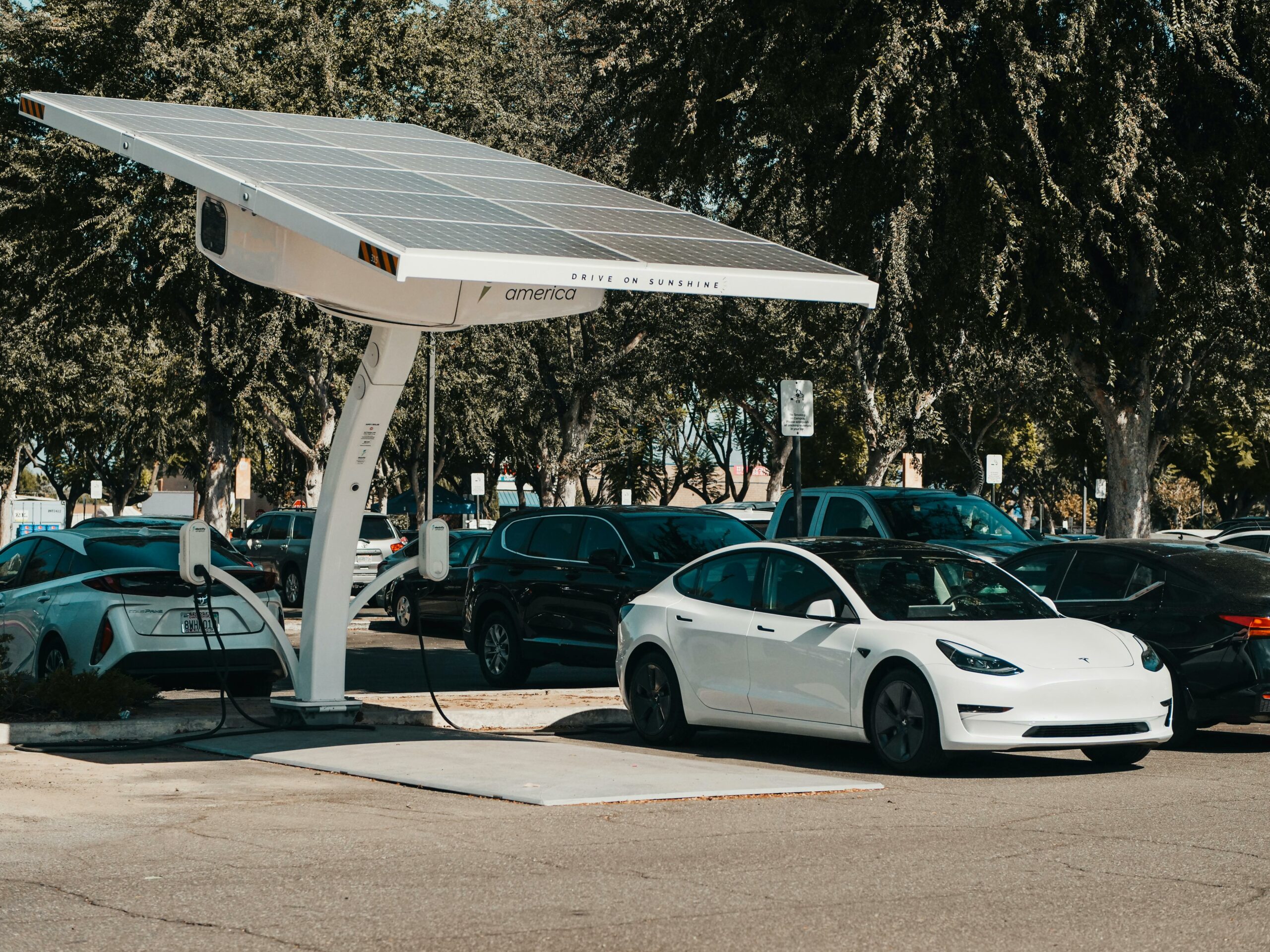Electra offre 2 mois d’abonnement aux utilisateurs de Chargeprice
Bonne nouvelle pour les conducteurs de véhicules électriques : Electra et Chargeprice vous permettent de recharger à moindre coût.

Electra, reconnu pour son réseau ultraperformant de bornes de recharge rapide à travers l’Europe, s’associe à Chargeprice, l’application qui compare les tarifs et vous guide vers les options les plus économiques.
Offre valable du 25 juin au 31 décembre 2025
Durant cette période, tout nouvel utilisateur bénéficiera de tarifs préférentiels pour recharger son véhicule, simplement en utilisant le code promo CHARGEPRICE25.
Ce partenariat incarne une vision commune : rendre l’électromobilité plus intuitive et avantageuse, tout en valorisant les solutions technologiques locales et européennes.
Comment en profiter ?
Il vous suffit de cliquer sur le bouton ci-dessous et d'entrer le code promo CHARGEPRICE25
Voici comment activer le code promo CHARGEPRICE25 dans l’application Electra :










Informations complémentaires
- Période : 25/06/2025 – 31/12/2025
- Pays éligibles : France et Belgique
- Pour : nouveaux abonnés uniquement
Mentions légales
Offre réservée aux nouveaux abonnés. 2 mois offerts sur l’abonnement Electra+, le code est valable du 25/06/2025 au 31/12/2025 inclus. Renouvellement automatique, résiliable à tout moment.
Tarifs après les 2 mois offerts
FR – 4,99 €/mois pour 0,39 €/kWh | 11,99 €/mois pour 0,29 €/kWh
BE – 4,99 €/mois pour 0,49 €/kWh | 11,99 €/mois pour 0,39 €/kWh





